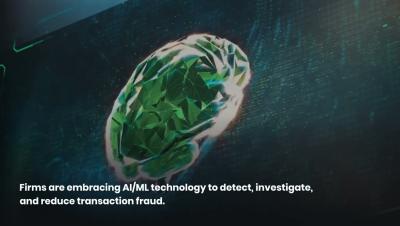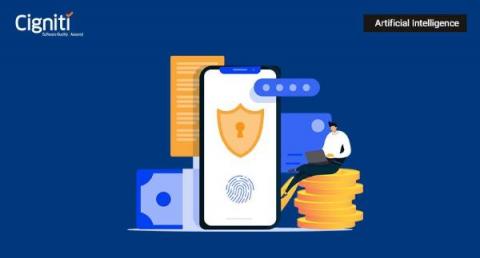One-Time Authorization Code for REST APIs in WSO2 Identity Server
WSO2 Identity Server provides many identity management workflows and password management workflows out of the box, e.g., self-registration, user invitations, password recovery, etc. However, it is not unusual to come across a situation where the workflow capabilities provided out of the box in the product, is not sufficient to fulfill your business requirement.











